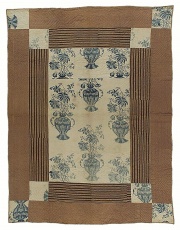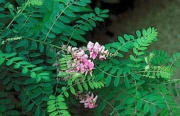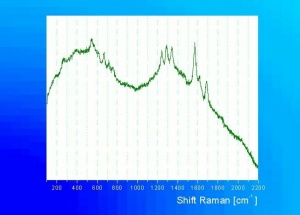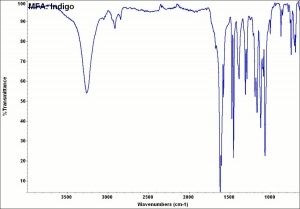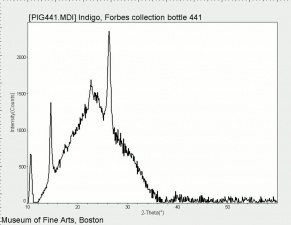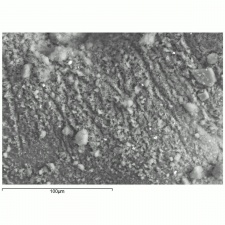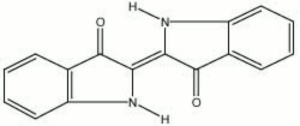Style Guide
Description
Template for a Materials Record.
1. Above the ==Discussion Header== please enter the tag for the premier image as
2. The description is a paragraph that should contain the following: material classification, latin name or chemical description, native source or production information, first use or time frame for use in art, preparation method for use in art, stability, related materials, any additional information)
Place the current manufacturer name in brackets e.g. [Dupont teijin] Indicate the generic composition and history of use. For example, this material is a modification of cellulose first developed by ...and named.. Currently, the specific composition of ... is named,...(Or) the company sold the manfuacturing rights to ..
(Second image with format for image title)
Synonyms and Related Terms
(include alternate names starting with the chemical name, followed by formal names, non-English terms, then common names. Separate all with colons.)
Additional line for alternative but similar commercial products.
(Use the Slider gallery for all analytical spectra)
Personal Risks
(Include all Hazards, Health and Safety information, and links to MSDS sheets) Fisher Scientific: MSDS
Collections Risks
Environmental Risks
Physical and Chemical Properties
(include all available properties for the characterization or stability of the material including solubility, absorption wavelengths, lightfastness classification, microscopic appearance.
| Composition | C16H10N2O2 |
|---|---|
| CAS | 482-89-3 |
| Melting Point | 390-392 |
| Molecular Weight | mol. wt. = 262.26 |
| Refractive Index | >1.662 |
(Include pdf files of tables or related information; new line for each file)
Characteristics of Common Blue Pigments
Additional Images
(The gallery is a repository for all additional images; new line for each image)
= Resource and Citations
(Provide a list of all sources used to generate this record. Make notations if any source provides different values than included in this record. Separate each entry with bullets)
- H.Schweppe, "Indigo and Woad", Artists Pigments, Volume 3, E. West FitzHugh (ed.), Oxford University Press: Oxford, 1997.
- Pigments Through the Ages: Indigo
This bottom line will be created by the program)
